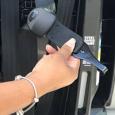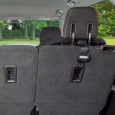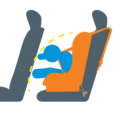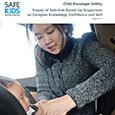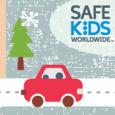You are here
Booster Seats
Booster Seats
 Big kids use belt positioning booster seats (often just called boosters) to stay safe in cars. Even though they might try to convince you otherwise, kids who have outgrown their car seats are just not ready for a seat belt alone. Here are a few tips to make sure your child is safe in a booster seat.
Big kids use belt positioning booster seats (often just called boosters) to stay safe in cars. Even though they might try to convince you otherwise, kids who have outgrown their car seats are just not ready for a seat belt alone. Here are a few tips to make sure your child is safe in a booster seat.
Hard Facts about Safety in Cars
Children seated in a booster seat in the back seat of the car are 45% less likely to be injured in a crash than children using a seat belt alone.
Top Tips for Using Booster Seats
- A booster seat provides a step between a car seat with a harness and a seat belt alone. It enables a safer and more comfortable fit of the adult seat belt.
- Make sure your child has outgrown the weight or height limits allowed in the forward-facing car seat. They must also be mature enough to ride without a harness. What does “mature enough” mean? They need to stay in the booster seat the entire ride with the seat belt properly fitted across the shoulder and below the hips.
- When your child is seated in the booster seat, make sure the lap and shoulder belts fit. The seat belt must lie flat across your child’s chest, on the bony part of the shoulder and low on the hips or upper thighs.
- Do not place the shoulder belt under the child’s arm or behind the child’s back.
- Older kids get weighed and measured less often than babies, so check your child’s growth a few times a year. For most kids, they will be between ages 8 to 12 years old before they are ready for the seat belt alone.
- Be sure you ask about booster use if your child is in a carpool.
Learn More
Learn more about booster seats safety tips.




